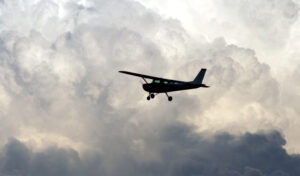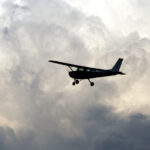The International Helicopter Safety Team (IHST) has just compiled data from its third annual survey of civil helicopter operators to determine which safety initiatives are being implemented and which ones are being ignored. They want to know how safety initiatives (or lack thereof) relate to the accident trends that are being tracked by the safety team. The helicopter operators are located in key areas of the world and participation in the survey more than doubled over previous years, indicating that safety issues are finally getting the attention they deserve.
The IHST’s worldwide regional teams have analyzed over 1000 helicopter accidents and have concluded that improving the following seven areas will do the most to improve the overall safety of all helicopter operations:
- The implementation of Safety Management Systems (SMS)
- A structured program for initial and recurrent training
- The implementation of Health and Usage Monitoring Systems (HUMS)
- The implementation of Flight Data Monitoring (FDM) Programs
- Structured programs to fully comply with manufacturers recommended maintenance
- Installation of Wire Strike Prevention Systems
- Usage of Night Vision Systems when warranted
The 2017/2018 survey tracked where these best practices were followed across various segments of the helicopter industry. As a previous employee of an Air Ambulance Operator, I am happy to report that the segment with the highest and most comprehensive implementation of helicopter safety practices is Emergency Medical Services. As they operate during all hours, day and night, and to/from a variety of unimproved landing zones, they really need to bring their “A” game on every flight. Implementing as many recommended safety policies and procedures as practical will continue to improve the safety record of these critical operations.
Now for the rest of the list….
The following is a complete list of segments “most following” to “least following” of the best safety practices listed above. Find where your industry segment falls on the list and do what you can to see what improvements can be made to help your company move up a rung or two:
- Air Ambulance
- Law Enforcement
- Offshore/Oil
- Firefighting
- External Load
- Utilities/Construction
- Air Taxi/Charter
- Aerial Observation
- Agricultural Application
- Business Aviation
- Air Tours/Sightseeing
- Personal/Private
- TV/Radio News Gathering
Even if you only implement one or two of the recommendations known to be a factor in preventing accidents, through an increased helicopter safety focus, you’ll be on your way to reducing your risk exposure and ensure a safer helicopter operation. Shift the odds in your favor – follow the IHST recommendations.
RELATED CTS TRAINING









